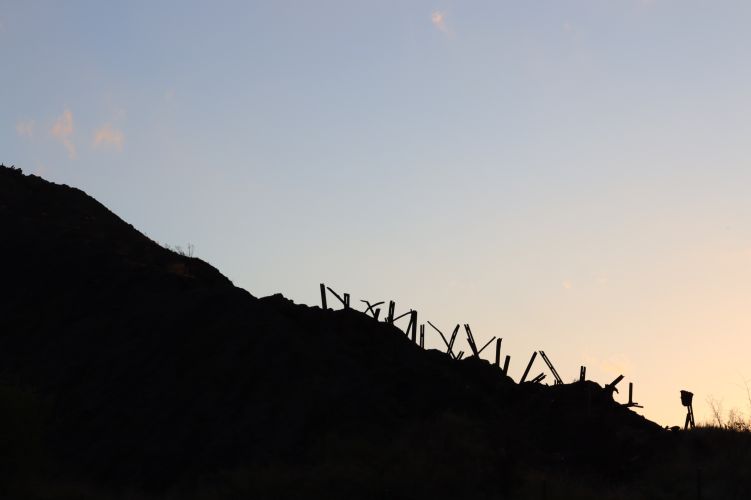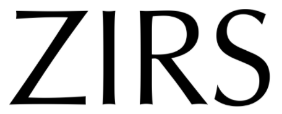
Changing (hi)stories around (de)resourcification processes shape landscapes and life in today’s regions of Thuringia, Saxony-Anhalt and Saxony. Ores, salts, gravel, and coal brought prosperity and fuelled industrialisation in the so-called Central German Chemical Triangle – while making the region an example of both, disastrous pollution and environmental degradation, as well as – more recently ¬ careful “return to nature” and innovation.
In our research, we trace different aspects of these stories using concrete examples. The central question for us is how society deals with the legacies of modern life and re/makes future legacies in the context of structural transformation and energy transition. How do the remnants, leftovers, and waste produced by our lifestyles permeate and influence the conditions of being-in-the-world, past, present and future? How are these interactions framed, organised, planned, managed, implemented, and shaped, and what knowledge underpins or is generated by this interaction? Our research aims to shed light on the interplay of different actors from civil society, politics and administration, business and industry as well as from science and development and to make them comprehensible on the basis of concrete constellations and dynamics, in order to contribute to current debates on human-environment relations in what some have come to call the Chemical Anthropocene (Arcuri and Hendlin 2019).
We approach these questions using ethnographic case and field research at the intersection of social and cultural anthropology, human geography and science and technology studies and combine temporal and spatial perspectives. We are interested in the in/visible: the surfaces and landscape forms; the lighthouse projects and social movements; the underground, the voids, the literal flip-sides of regional development dynamics and their far-reaching connections and ramifications.
We pursue two complementary strands of research in this regard.
Firstly, we are dedicated to investigating the (toxic) legacy of the region’s resource wealth: above-ground and underground mining and post-mining landscapes are increasingly being transformed into catch basins and permanent closure facilities for (toxic) waste and eternal burdens (Kearnes and Rickards 2017; Reno 2016). Behind this are complex planning, regulation, management and decision-making processes at different scales. Starting from concrete sites of treatment and negotiation of landfills and dumps, we trace these processes and unravel the structures and practices that shape how these intractable as well as indissoluble problems are dealt with.
This research is based in particular on the cooperation with a network of citizens’ initiatives that work together against landfills, repositories and toxic waste. While these (activist) actors recognize that landfills, repositories, and toxic waste are inescapable hyperobjects of modern life, both, present and future (Morton 2013) their resistance is directed toward the sprawling and unregulated dimensions of the number and capacity of facilities and storage sites being planned. In the scenario that the network opposes, Saxony-Anhalt is up to become a waste importing state for waste and pollutants from all over Europe. Along this transformation the quality of life and health of the community are sacrificed to the economic interests of individuals. The focus of the initiatives’ activities is therefore on the exchange of information and the coordination of actions, not least to increase their scope – into politics, administration and the general public.
Secondly, we aim at focusing on the (chemical) industry as a key sector. While it has been acknowledged that chemical-industrial processes in recent decades have pushed the planet to its breaking point and probably beyond (Persson et al. 2022), new technologies and innovation from within the industry play a central role in political and economic strategies for structural transformation and energy transition. The distribution, spread and systemic long-term effects of industrial waste as well as strategies for its prevention and management are the focus of our research efforts in the heart of the Central German Chemical Triangle.
Arcuri, Alessandra, and Yogi Hale Hendlin. 2019. “The Chemical Anthropocene: Glyphosate as a Case Study of Pesticide Exposures.” King’s Law Journal 30 (2):234-253. doi: 10.1080/09615768.2019.1645436.
Kearnes, Matthew, and Lauren Rickards. 2017. “Earthly graves for environmental futures: Techno-burial practices.” Futures 92:48-58. doi: https://doi.org/10.1016/j.futures.2016.12.003.
Persson, Linn, Bethanie M. Carney Almroth, Christopher D. Collins, Sarah Cornell, Cynthia A. de Wit, Miriam L. Diamond, Peter Fantke, Martin Hassellöv, Matthew MacLeod, Morten W. Ryberg, Peter Søgaard Jørgensen, Patricia Villarrubia-Gómez, Zhanyun Wang, and Michael Zwicky Hauschild. 2022. “Outside the Safe Operating Space of the Planetary Boundary for Novel Entities.” Environmental Science & Technology 56 (3):1510-1521. doi: 10.1021/acs.est.1c04158.
Reno, Joshua O. 2016. Waste Away: Working and Living with a North American Landfill. Berkeley, Los Angeles: University of California Press.
